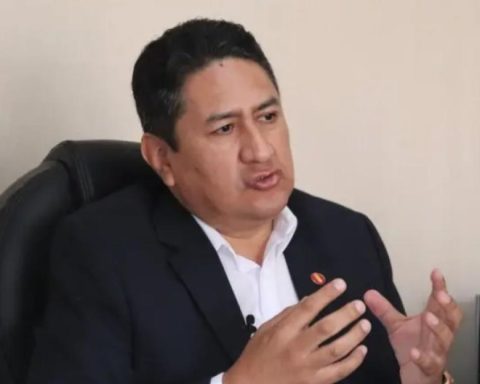Without a doubt, the corruption it is one of the great evils plaguing the country, and not only in the public sector, but also within companies and the corporate ecosystem. In fact, losses due to corruption in the Peru reached 22 billion soles in public entities, according to the Comptroller General of the Republic.
Likewise, data from the NGO Transparency International reveals that half of the population in the country thinks that private companies are corrupt. Faced with this situation, what can be done to combat bribery and corrupt practices that occur in the hiring and purchasing of organizations?
According to Oskar Sarquis, CEO of supplementsa digital platform that offers an integrated system in the cloud to automate the supply chain and treasury, “when companies carry out their tasks manually they are susceptible to, for example, in terms of hiring, irregularities such as administrative fraud, false supplier documentation or manipulated offers.
LOOK: They project that the withdrawal of the CTS would begin the second week of June
However, with the implementation of technological and online platforms, this issue could be mitigated”.
In this sense, the specialist shares four recommendations for an institution, public or private, to avoid fraudulent practices and bet on transparent digital systems:
- Validate and prequalify suppliers: This allows purchasing companies to expand their network of suppliers and select, from thousands of candidates, those who have certified experiences, validated financial statements and who do not have any type of impediment on restrictive lists.
- Register bids and auctions: It allows the company to have a plurality of bidders, increasing its chances of saving and access to new business opportunities. In addition, transparency is guaranteed, since everything that happens within the bidding process is recorded.
- Execute the purchasing plan and award contracts: With enough time, purchasing teams can prepare bids, consider possible scenarios where there may be cost overruns, and mitigate risks. This helps buyers and suppliers to have clear conditions on which contracts will be made, avoiding undesirable surprises.
- Streamline the traceability of operations: These tools make it possible for the entire supply cycle to be managed in a single ecosystem of buyers and suppliers of products and services. In addition, sourcing teams can reduce their transactional load and avoid manual errors by approximately 30%, which translates into efficiencies in the area.
“When companies do not have adequate tools to plan and control purchases, additions are made to the contracts that translate into cost overruns and private bidding processes that can damage the reputation of the contracting party. For this reason, technological solutions are allies to generate efficiencies in these processes, increase their traceability and reduce the errors that can be generated when performing certain operations manually”, concludes Sarquis.















